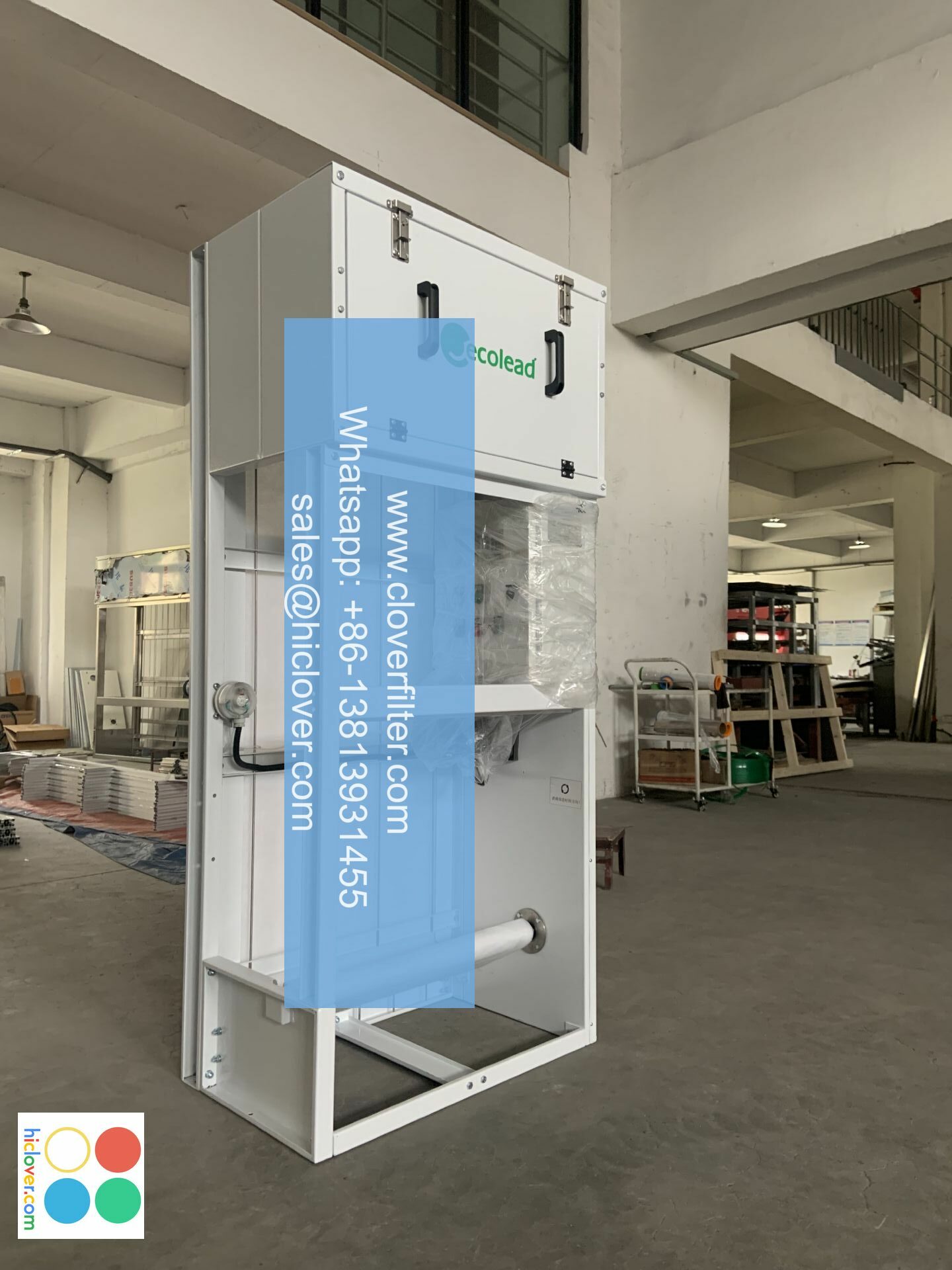Air pollution is a critical environmental issue with significant implications for human health, ecosystems, and climate change. Understanding the sources, impacts, and potential mitigation strategies is essential for creating a sustainable and healthy future. This news will delve into various aspects of air quality and pollution, highlighting diverse application areas and potential solutions.
Understanding Air Pollution: Sources and Impacts
Air pollution encompasses a wide range of contaminants, including particulate matter (PM2.5 and PM10), ground-level ozone (O3), nitrogen oxides (NOx), sulfur dioxide (SO2), carbon monoxide (CO), and volatile organic compounds (VOCs). These pollutants originate from various sources, broadly categorized as:
- Industrial Emissions: Factories, power plants, and manufacturing processes release significant quantities of pollutants.
- Transportation: Vehicles burning fossil fuels contribute heavily to NOx, PM, and CO emissions.
- Agriculture: Agricultural activities can release ammonia (NH3), which contributes to particulate matter formation. Dust from plowing and tilling also contributes to particulate matter.
- Residential Sources: Heating systems, cooking, and fireplaces release pollutants, especially in areas with poor ventilation.
- Natural Sources: Volcanic eruptions, wildfires, and dust storms can significantly impact air quality, although these are often episodic.
The impacts of air pollution are far-reaching:
- Human Health: Respiratory illnesses (asthma, bronchitis), cardiovascular diseases, cancer, and premature mortality are linked to air pollution exposure.
- Environmental Damage: Acid rain, ozone depletion, and ecosystem disruption are consequences of atmospheric pollution.
- Climate Change: Some air pollutants, like black carbon, contribute to global warming, while others can indirectly affect weather patterns.
- Economic Costs: Healthcare expenses, lost productivity, and damage to infrastructure contribute to significant economic burdens.
Air Quality Monitoring and Assessment: Crucial for Targeted Action.
Effective air quality management relies on accurate monitoring and comprehensive assessment. This involves:
- Real-time Air Quality Monitoring: Utilizing ground-based stations, satellite data, and sensor networks to track pollutant levels. Sophisticated air quality monitoring stations provides accurate measurements of a wide range of pollutants.
- Data Analysis and Modeling: Employing sophisticated models to predict air pollution dispersion and assess the effectiveness of mitigation strategies. This includes source apportionment studies, which can pinpoint the major contributors to pollution in a given area.
- Air Quality Index (AQI) Development: Communicating air quality information to the public in a simple and understandable format, allowing individuals to make informed decisions to protect their health. Public health advisories are commonly based on AQI readings.
- Exposure Assessment: Evaluating population exposure to air pollutants using geographic information systems (GIS) and personal monitoring devices.
Application Areas for Air Quality Solutions: Diverse and Wide-Ranging
Addressing air pollution requires a multi-faceted approach across various sectors:
Urban Planning and Smart Cities: Designing for Cleaner Air
Urban planning plays a crucial role in shaping air quality. Strategies include promoting public transportation, creating green spaces (parks and urban forests), implementing congestion charging, and encouraging cycling and walking. “Smart city” initiatives utilize technology to optimize traffic flow, manage energy consumption, and monitor air quality in real-time, enabling proactive responses to pollution events.
Industrial Pollution Control: Minimizing Emissions
Industrial facilities must adopt best available technologies (BAT) to minimize emissions. This includes installing scrubbers, filters, and catalytic converters to remove pollutants from exhaust gases. Stricter regulations and enforcement are essential to ensure compliance. Carbon capture and storage (CCS) technologies are also gaining traction in reducing greenhouse gas emissions from industrial sources.
Transportation Management: Green Vehicles and Infrastructure
Transitioning to cleaner transportation systems is paramount. This involves promoting electric vehicles (EVs), hybrid vehicles, and vehicles powered by alternative fuels (e.g., biofuels, hydrogen). Investing in public transportation infrastructure, such as bus rapid transit (BRT) and light rail systems, can reduce reliance on private vehicles. Support is growing for incentives for cleaner vehicles use.
Agriculture and Land Use: Sustainable Practices
Reducing ammonia emissions from agriculture can be achieved through improved fertilizer management practices, such as precision fertilization and the use of slow-release fertilizers. Proper management of animal waste and the use of biofilters can also reduce emissions. Controlling dust from agricultural activities is crucial, and measures such as no-till farming and windbreaks can be effective. Reforestation efforts can help absorb pollutants and improve air quality.
Public Health Interventions: Protecting Vulnerable Populations
Public health campaigns are essential for raising awareness about the health risks associated with air pollution and providing advice on how to minimize exposure. This includes advising vulnerable populations (children, the elderly, and individuals with respiratory conditions) to limit outdoor activities during periods of high pollution. Promoting the use of air purifiers in homes and schools can also help reduce exposure.
Policy and Regulations: Setting Air Quality Standards
Governments play a crucial role in setting air quality standards and enforcing regulations to protect public health and the environment. These standards should be based on scientific evidence and regularly reviewed and updated. International cooperation is essential to address transboundary air pollution issues.
www.southclover.com: A Collaborative Effort for Cleaner Air
Improving air quality requires a collaborative effort involving governments, industries, communities, and individuals. By understanding the sources and impacts of air pollution, implementing effective monitoring and assessment systems, and adopting innovative solutions across various sectors, we can create a healthier and more sustainable future for all. Continuous research and development of new technologies and strategies are crucial for tackling this complex challenge. Investing in clean air is an investment in public health, environmental protection, and economic prosperity.

Comments are closed